Located off the coast of Croatia, Mljet National Park is a must-see destination for any traveler. With two saltwater lakes, Veliko and Malo Jezero, stretching for four kilometers in the middle of the island, and crystal clear waters that could be mistaken for the Adriatic Sea, this park is a true paradise. The lakes are connected to the sea, which explains their slightly salty taste.
The Highlight: The Monastery on St. Mary’s Island
One of the most notable features of Mljet National Park is St. Mary’s Island, a grand Benedictine monastery located in the middle of the larger lake. Today, the island serves as a restaurant and cafe for tourists and can be easily reached by boat from either side of the lake. The monastery was disbanded in 1809 during the rule of Napoleon, not due to an influx of tourists as is often believed. In fact, the monastery’s very existence led to an ecological disaster when the monks dug a channel from the larger lake to the south coast of the Adriatic Sea in order to facilitate transportation to the island. This transformed both lakes from freshwater to saltwater.
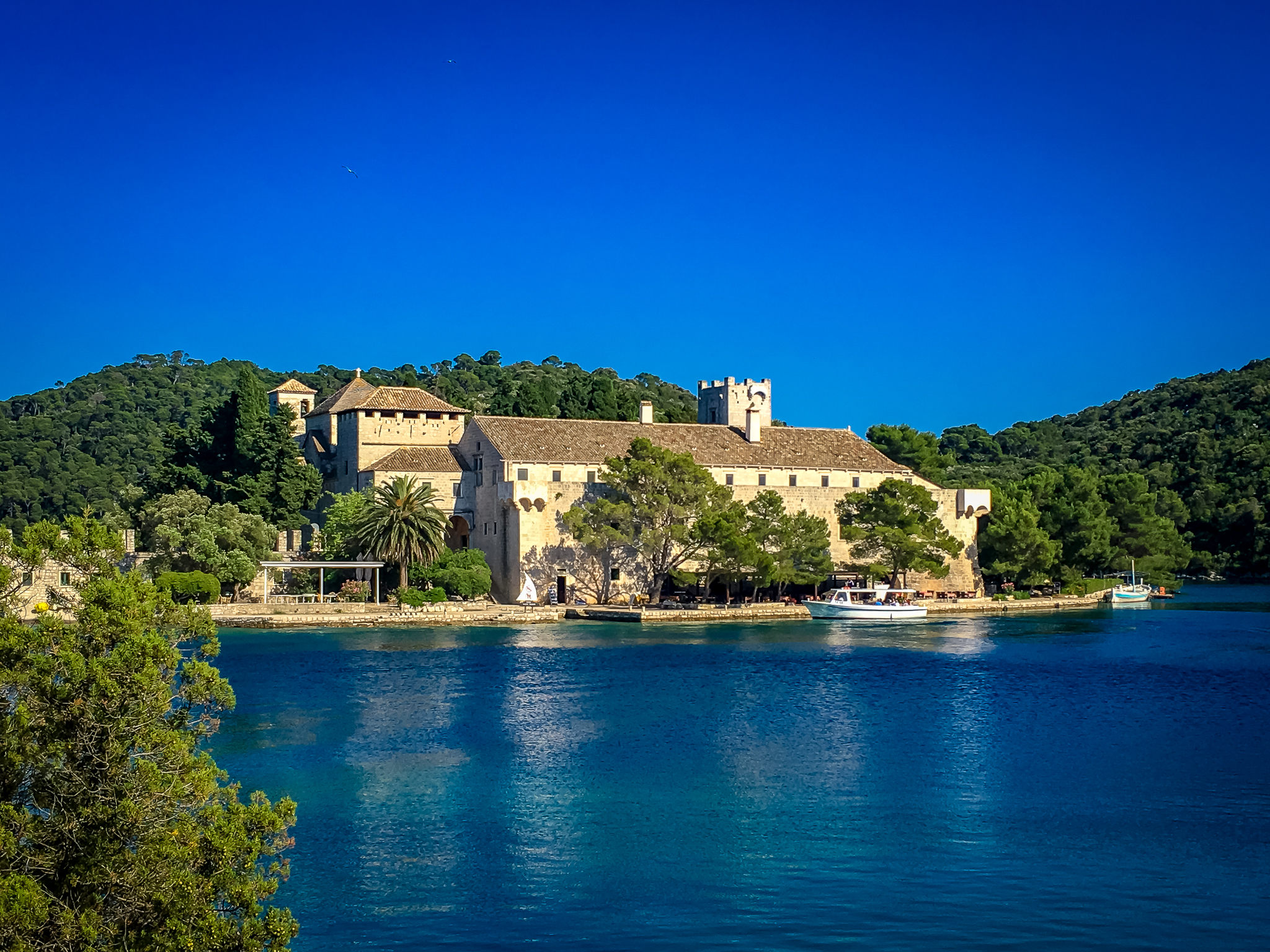

Avoiding Confusion: Mljet Island vs. Mljet National Park
It’s important to note that Mljet is not only a national park, but also the most verdant island in Croatia and the first large island you’ll encounter when sailing from south to north. The national park only covers the northwest part of the island, spanning an area of 54 km2. There are two main entry points to the park: the villages of Pomena and Polače. The latter is one of the largest and safest bays on the island and features ancient ruins from the 1st – 6th century.
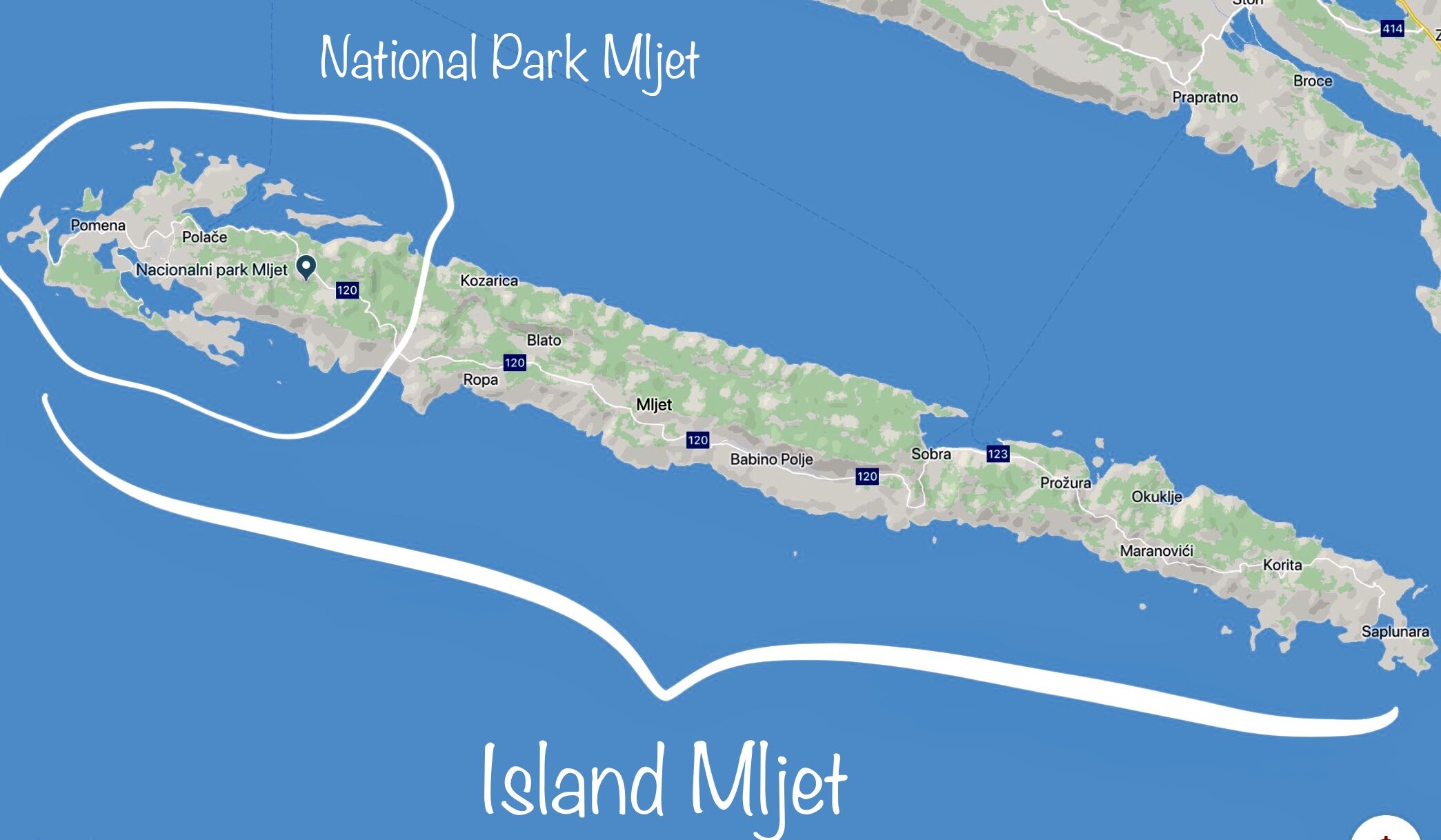

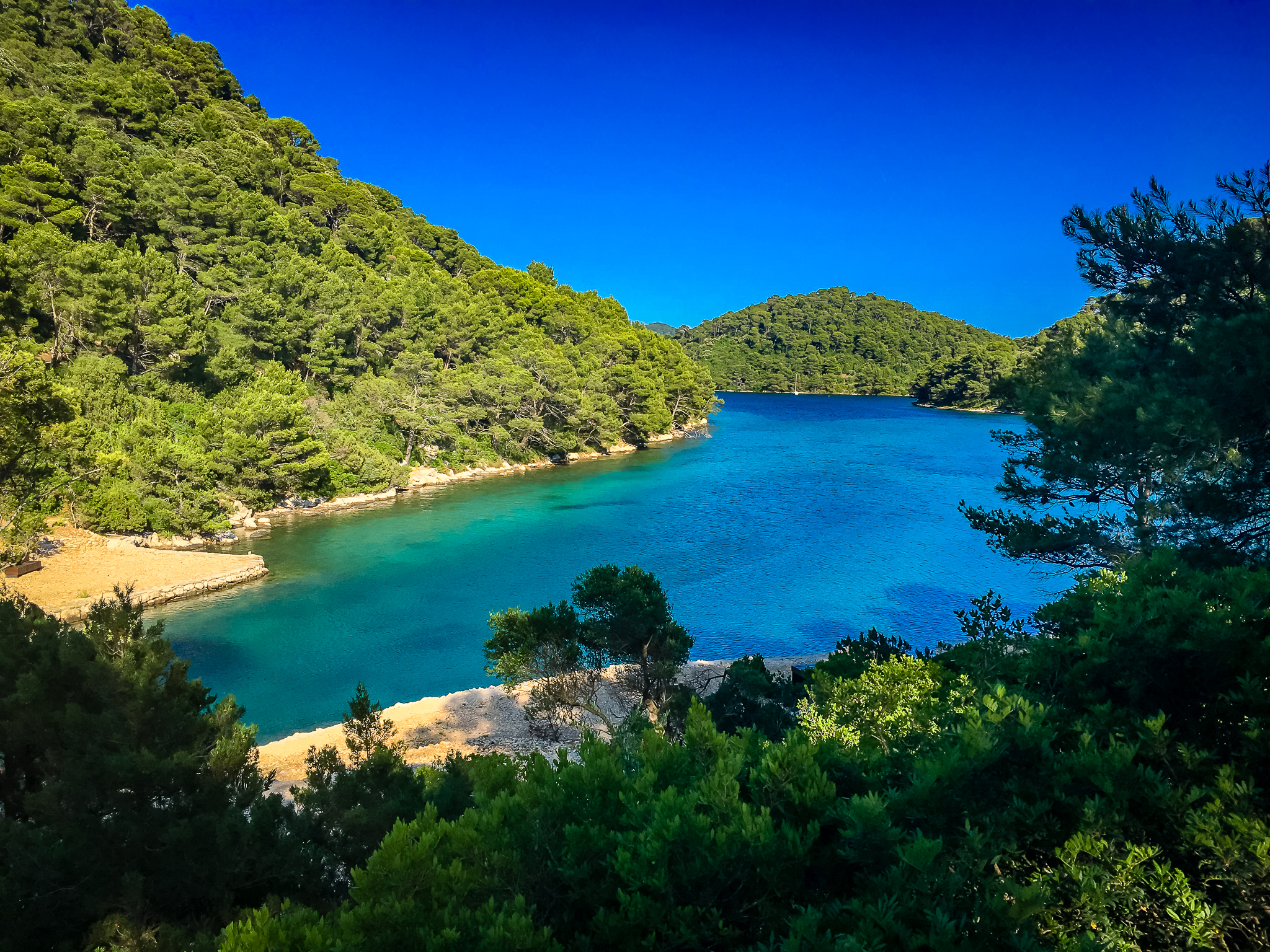
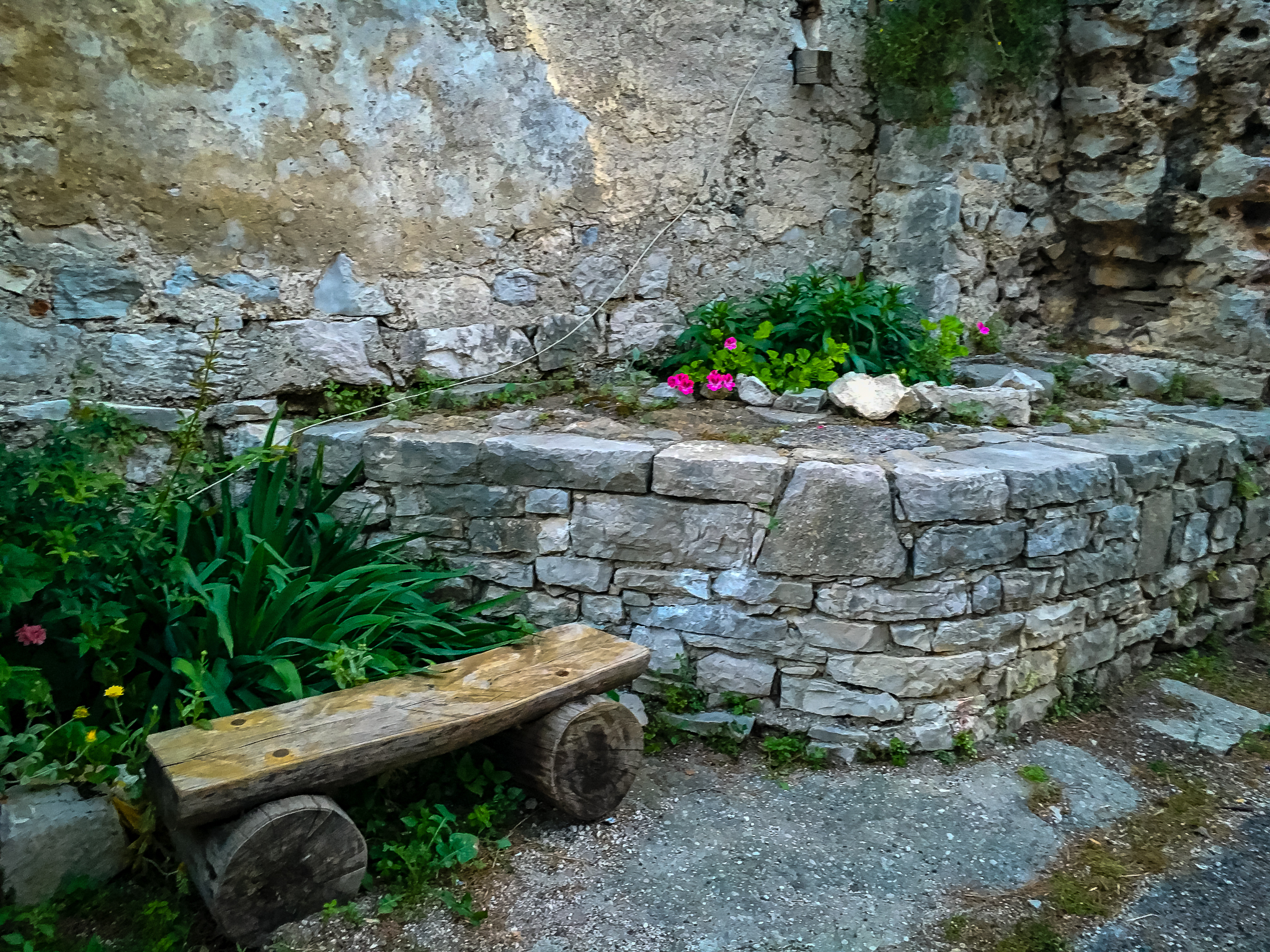
Visiting Mljet National Park
To reach Mljet, you can either sail across the Adriatic Sea or take public transport. The official ferry departs from Prapratno ferry port (near Dubrovnik) or Split via the island of Korčula with Croatia’s public ferry transport company, Jadrolinija. Once you arrive, you can purchase tickets at the end of the road for 70 kuna (approximately €9) in low season and 125 kuna (approximately €17) in peak season (June 1 – September 30). Discounts are available for children and students.
For the best way to explore the park, consider renting a bike. Cars and electric vehicles are not allowed, so a bike is the perfect mode of transportation. Be sure to negotiate the price, as locals may charge more for visitors who don’t speak Croatian. To fully experience the park, consider booking a guided tour.
As you explore Mljet National Park, be sure to bring plenty of water and take breaks in the shade to avoid overheating. The park can get very hot, especially in the summer months. When you’re ready for a break, stop by the island’s restaurant or cafe for refreshments. With its stunning views and tranquil atmosphere, Mljet National Park is a destination you won’t forget.
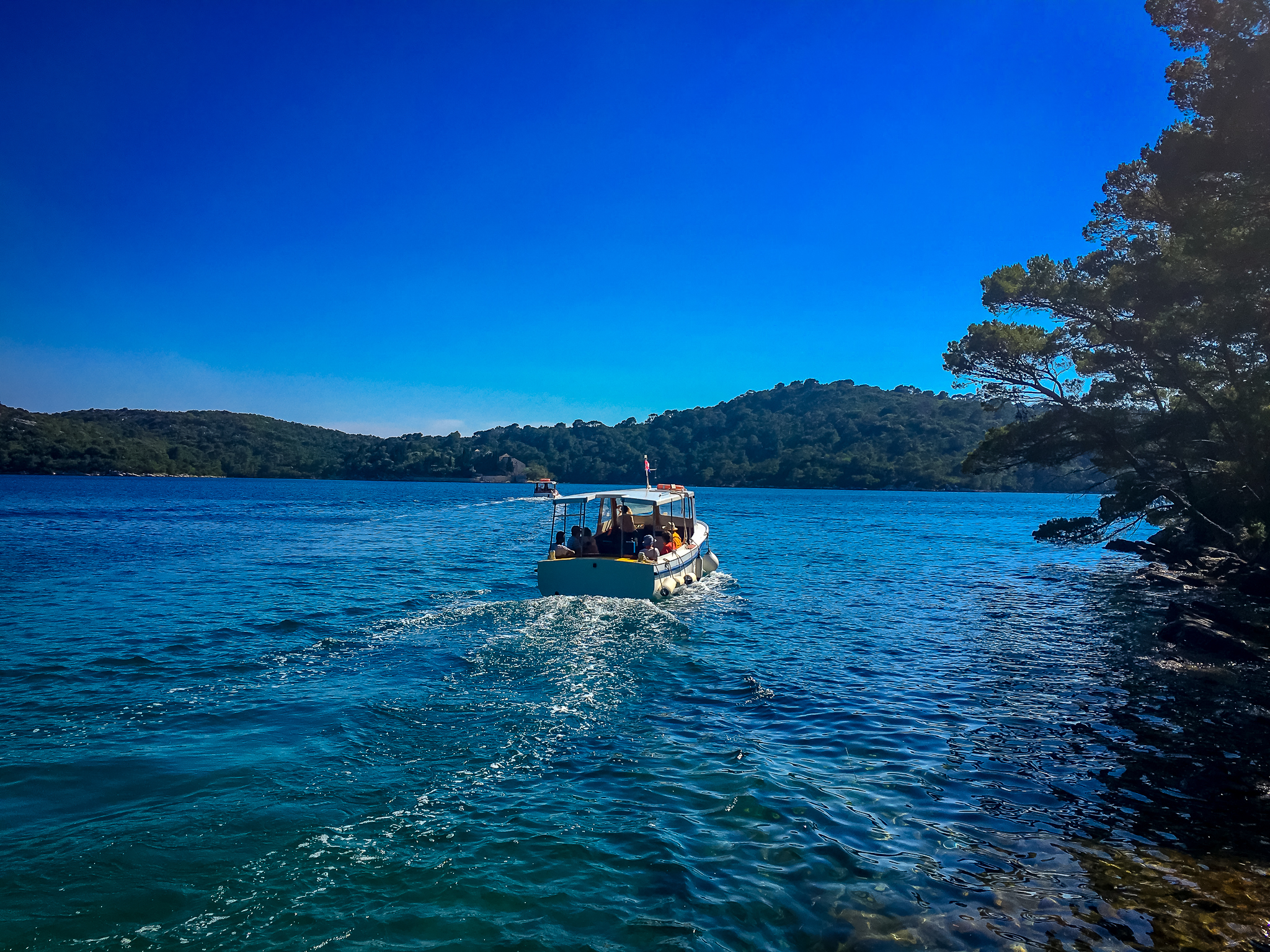
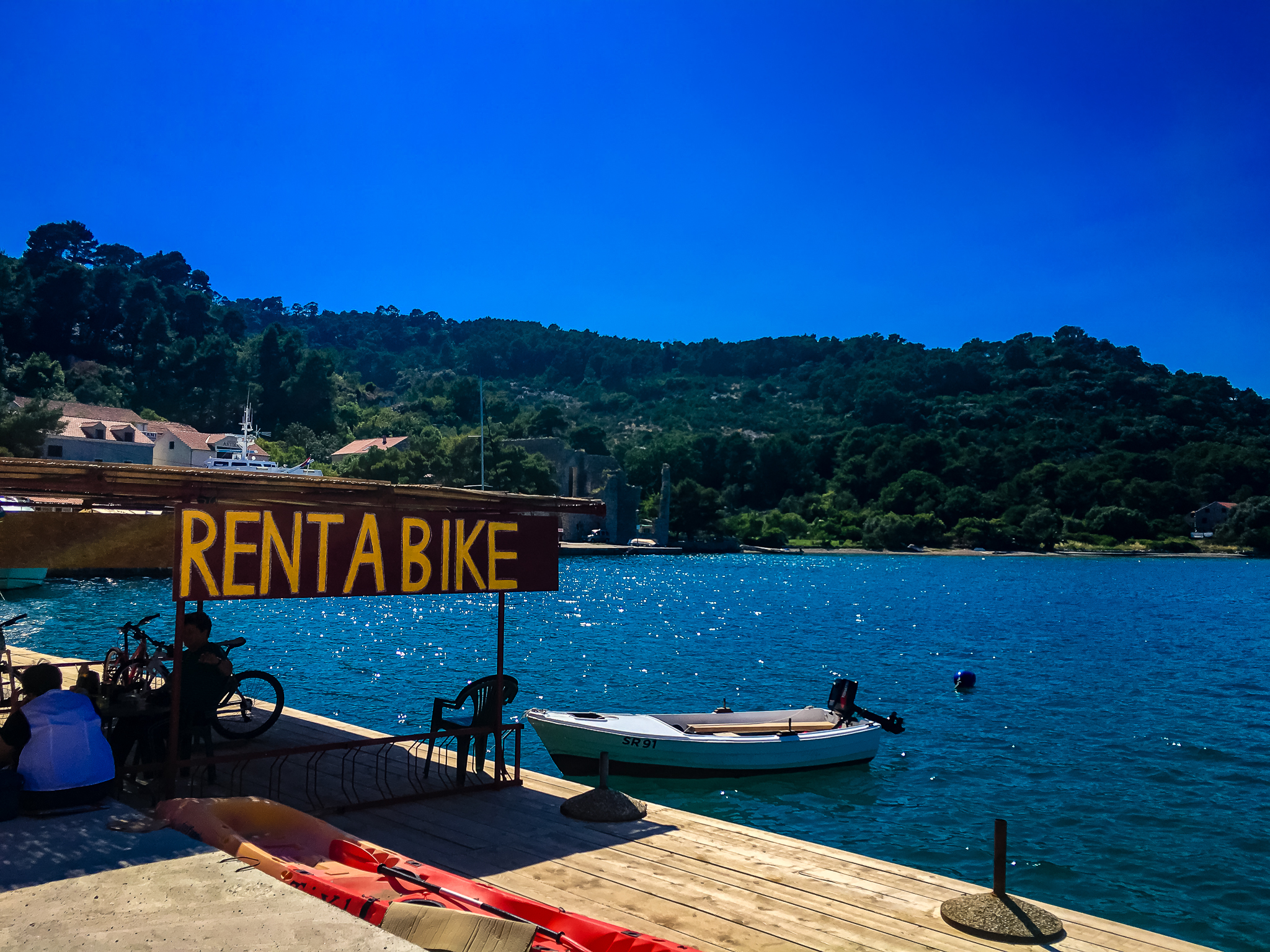
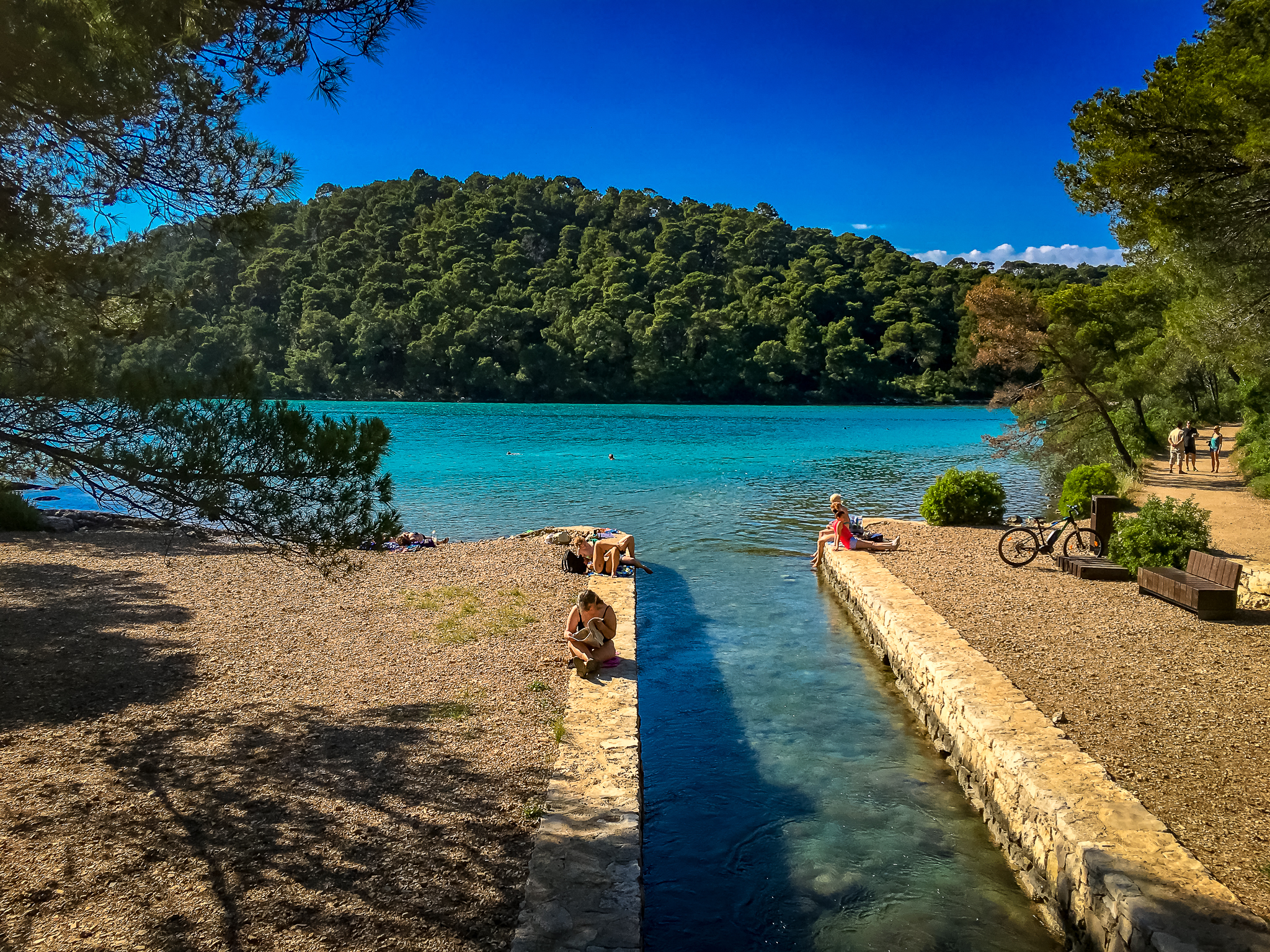
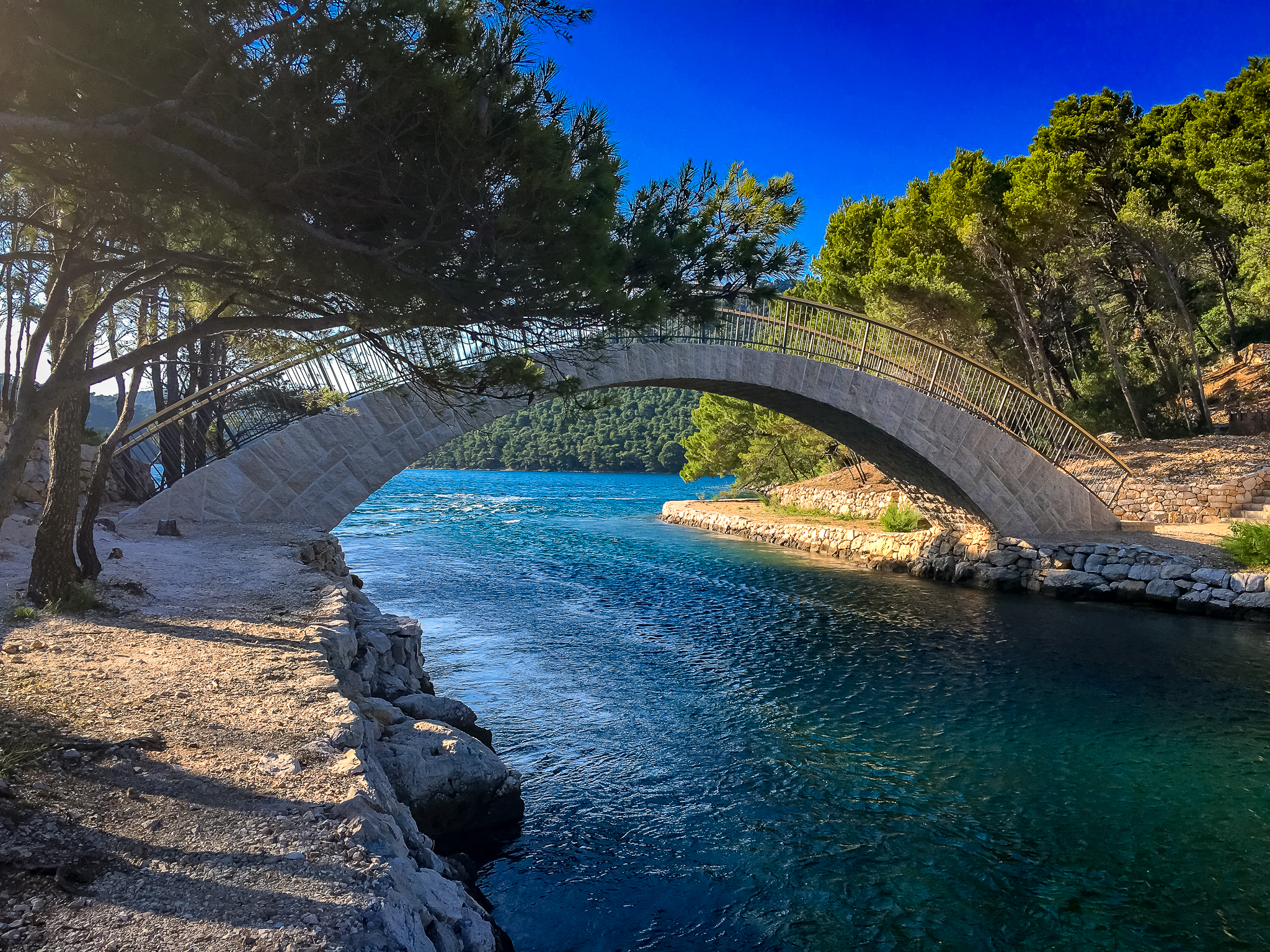
Hiking Trails in Mljet National Park
If you’re an avid hiker, you’ll be pleased to know that there is a 43 km long hiking trail that is split into four shorter routes. Each route is clearly marked with signs at 20 control points, allowing you to take your time and appreciate the stunning views of the island and the peninsula. To make sure you don’t get lost, be sure to pick up a map from the tourist information center.
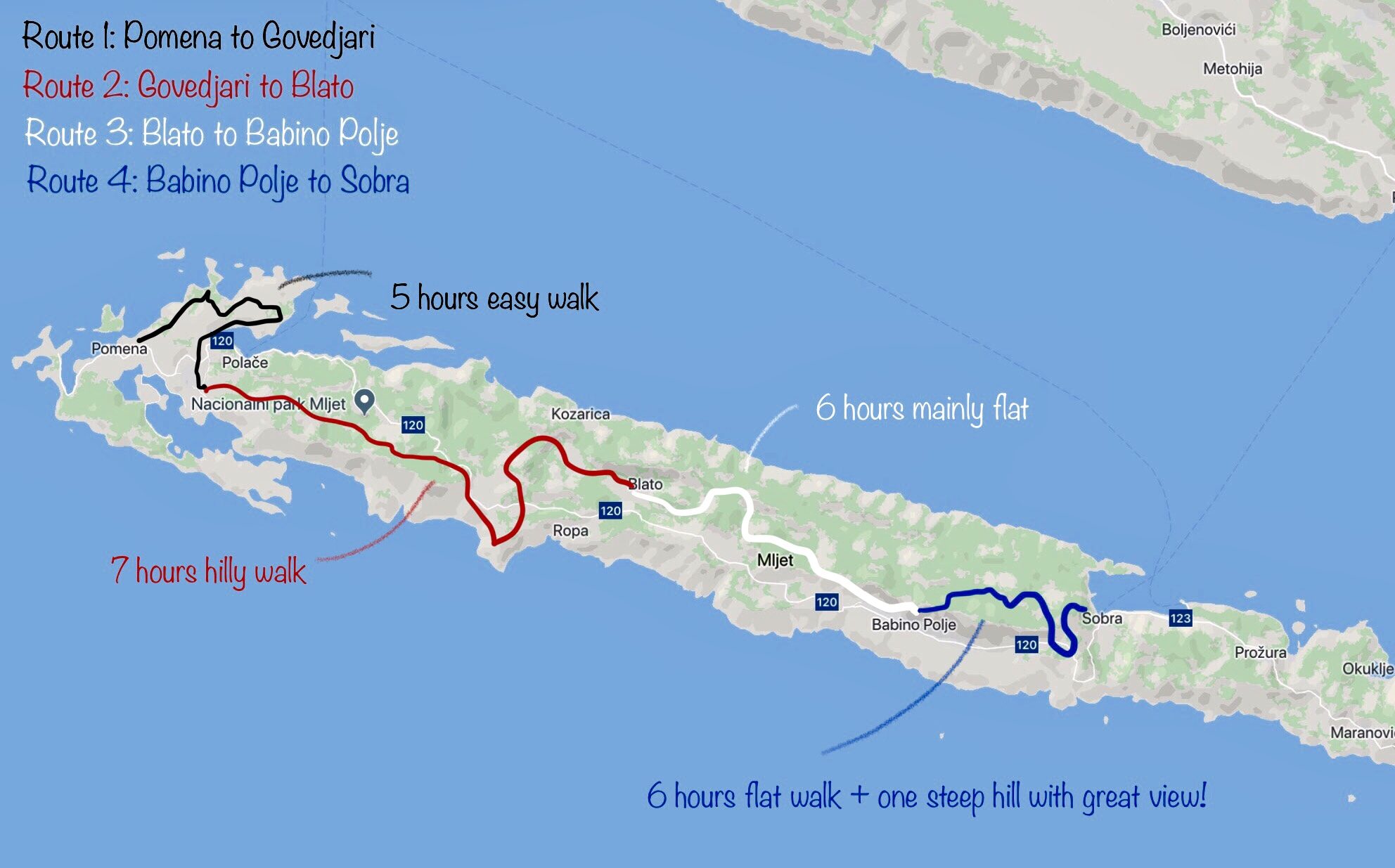
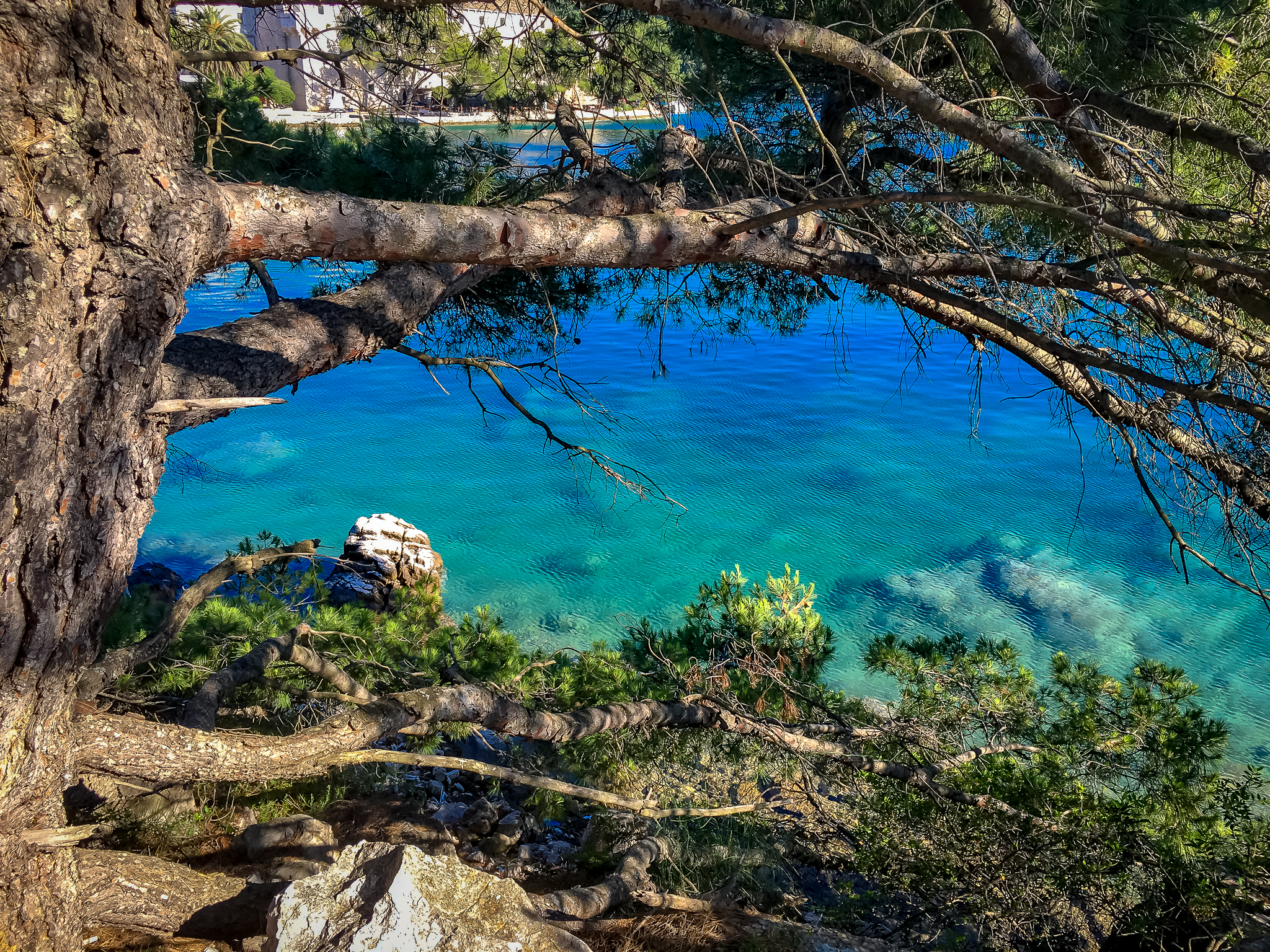
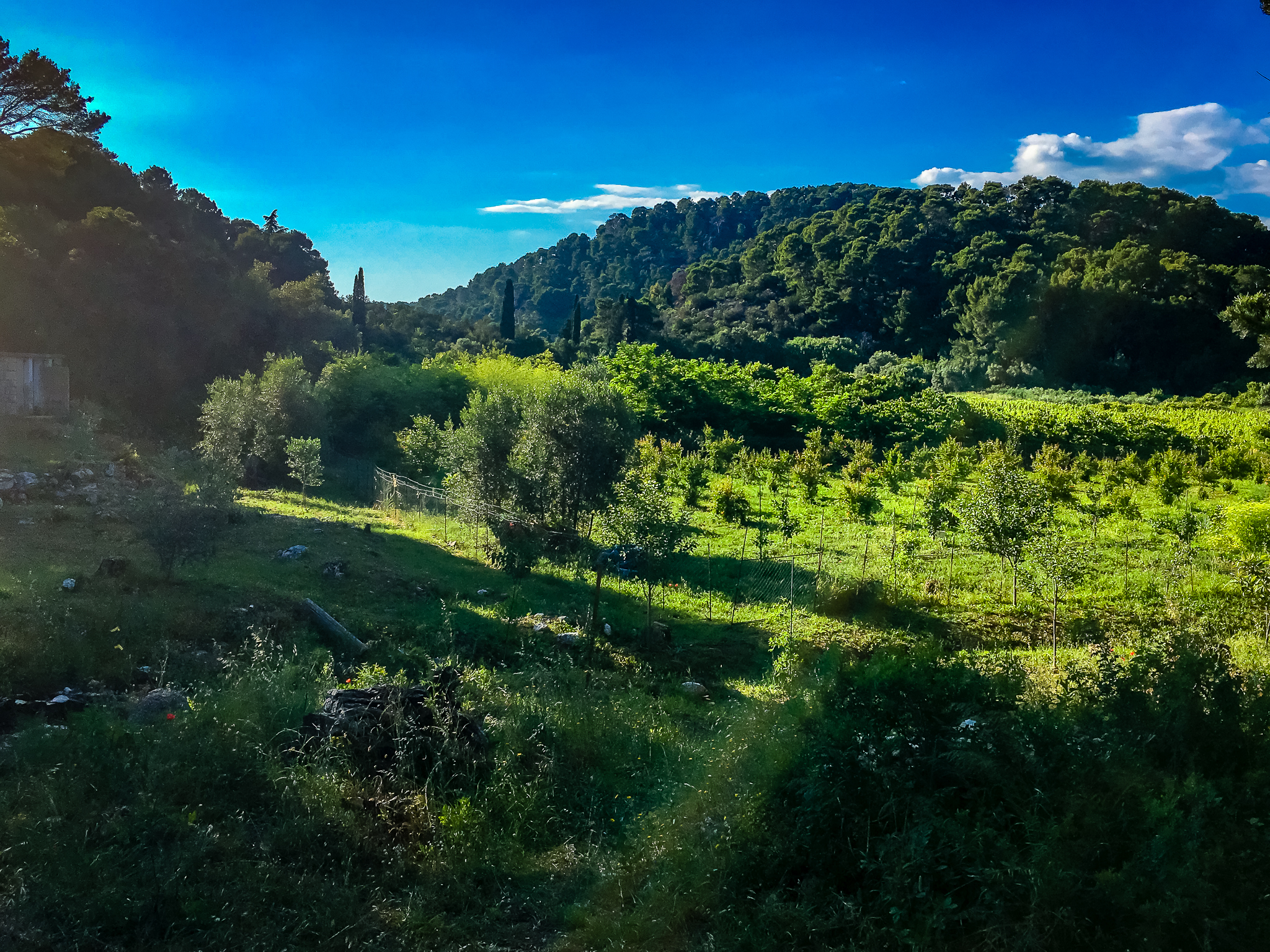
Interesting Facts About Mljet National Park
While visiting Mljet, you may notice a lack of birdlife on the island despite its lush vegetation. This is due to human interference with nature. In the early 20th century, the island was overrun with venomous snakes, so humans introduced small Asian mongooses to the island in order to eradicate them. Unfortunately, this also resulted in the death of 95% of the birdlife, and the mongooses have since caused damage to vineyards and orchards. It’s a prime example of the unintended consequences of human intervention in nature.
Are you in it to pin it?
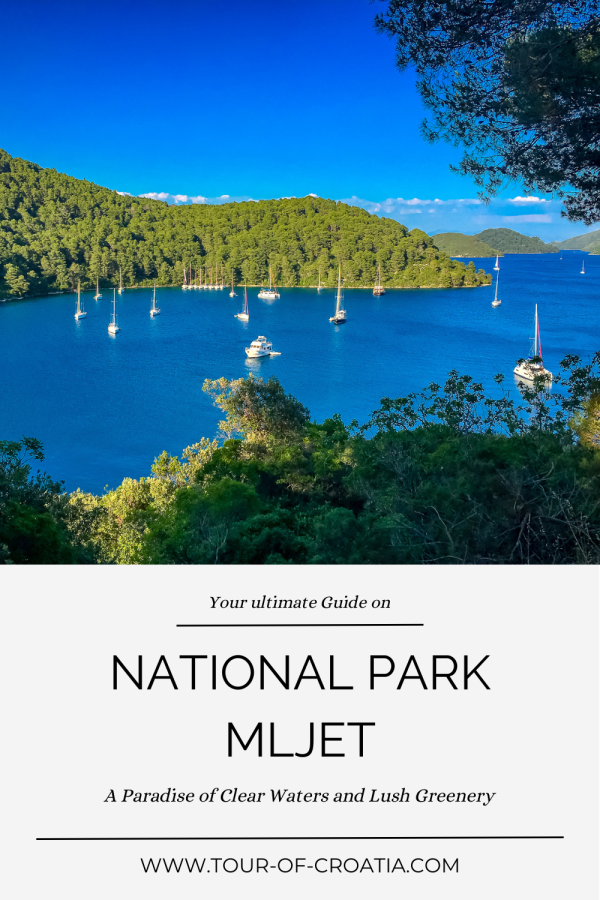
You also might be interested in…
Coming soon- Dubrovnik: Elafiti Islands Trip w/ Lunch and Optional Pickup
Obala Stjepana Radica 16, Dubrovnik

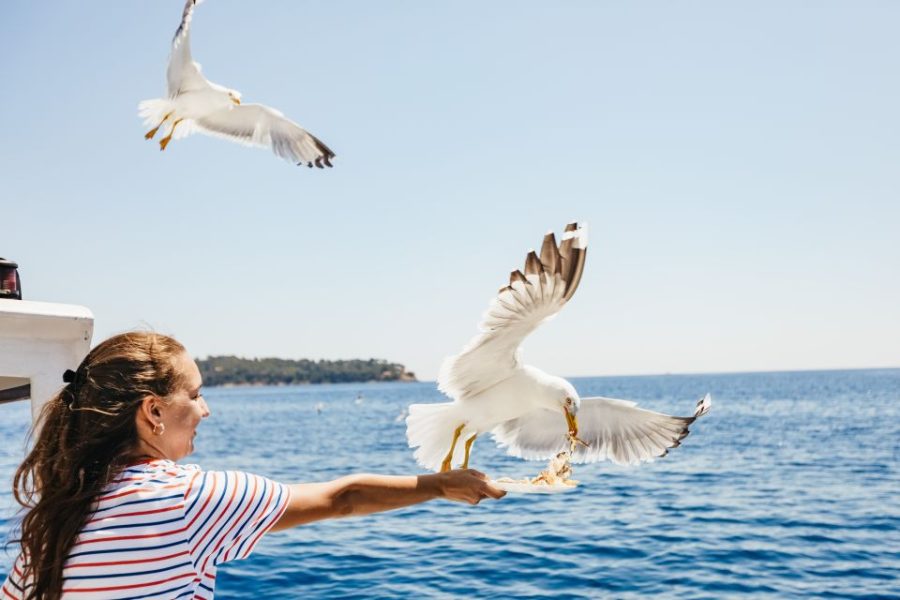
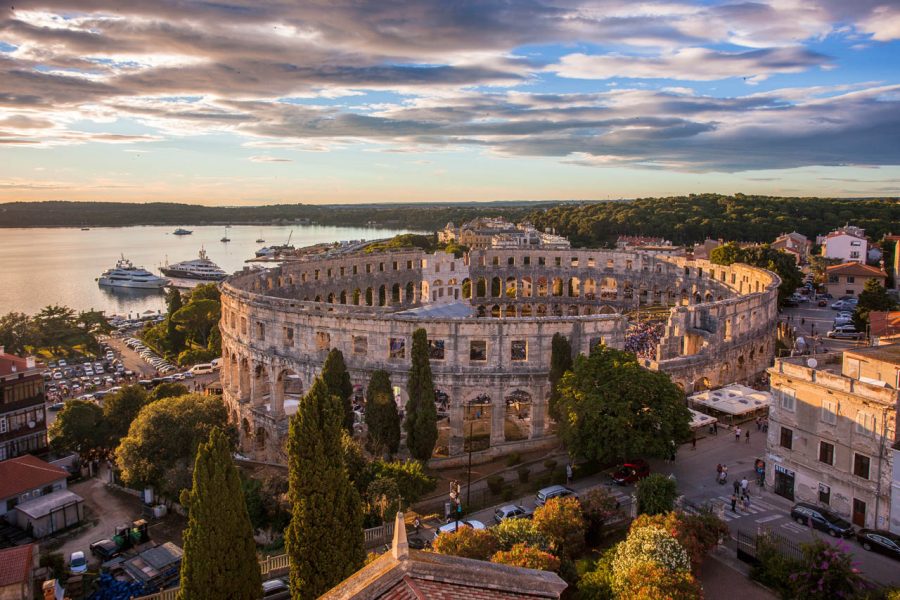

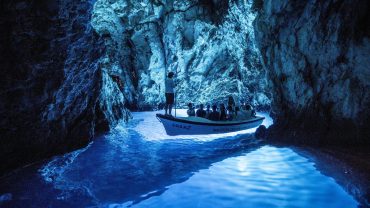

Comment (1)